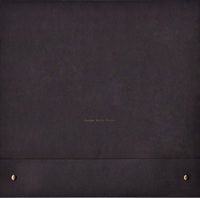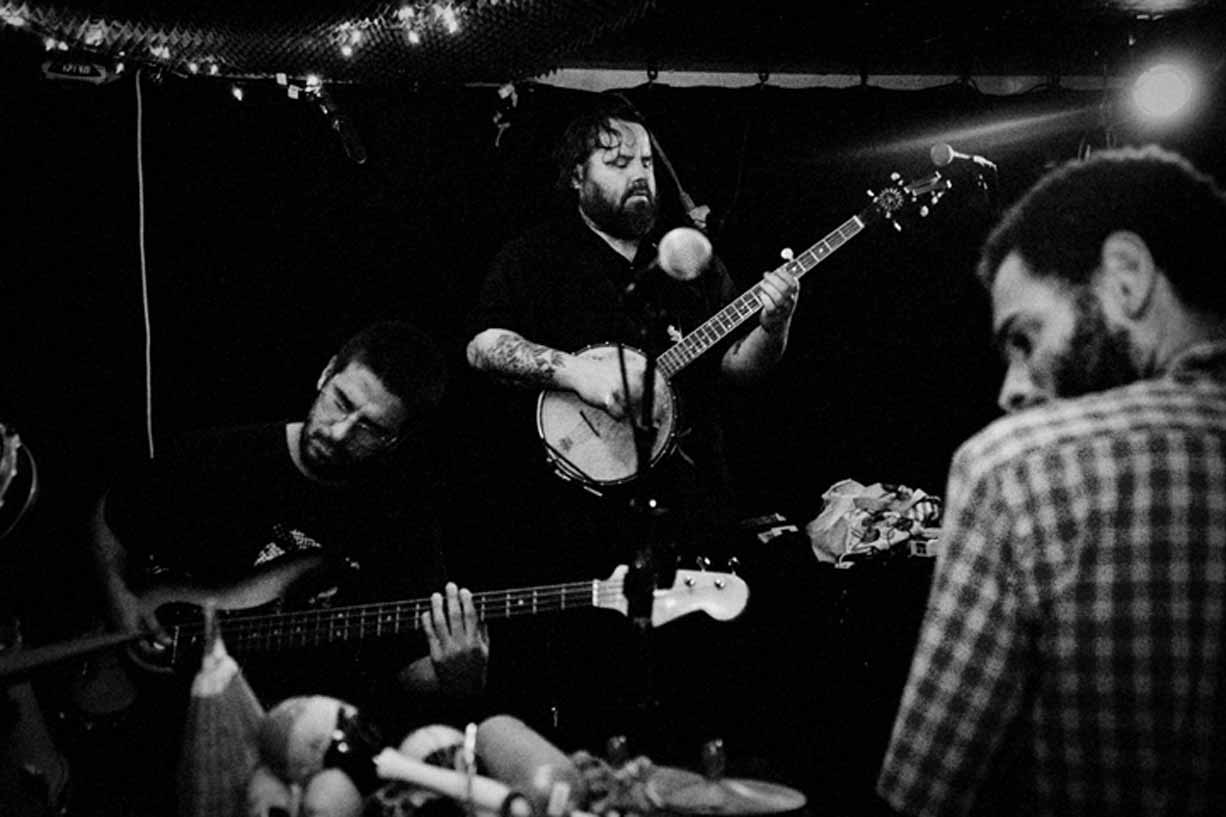 Zozobra: Savage Masters (Brutal Panda, 4/2/13)
Zozobra: Savage Masters (Brutal Panda, 4/2/13)
“Venom Hell”
There was a time when having a short attention span was seen as a character flaw. But for musicians operating in the modern world, being able to compartmentalize, to jump from one thing to the next with nary a blink of hesitation, might be an evolutionary next level.
If so, Caleb Scofield is a good candidate for king of the over-caffeinated, hyper-intense land of tomorrow. The bass player, enlisting the help of Cave In band-mates Adam McGrath and JR Conners, crammed writing for the new Zozobra record, Savage Masters, into a few warm months last year with an intense but focused plan of attack: write fast, keep it short, and don’t over-think. The result is the most blistering six songs that Zozobra has yet produced, all in the span of about 15 minutes. Scofield’s blitz went off so well he almost didn’t have time to write lyrics.








